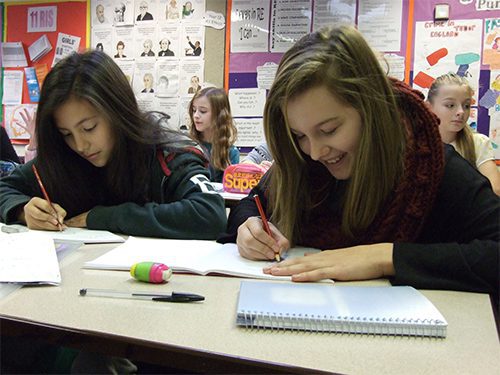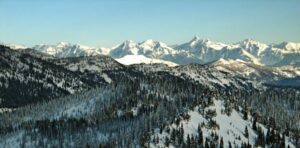Year 8
The following units are taught in Year 8:
Rivers and their Importance
Students learn about the water cycle and drainage basin processes. They learn about river processes – erosion, transportation, deposition – to create landscapes. Students are taught to identify river landscape features and identify how people use rivers.
Students learn how human and physical factors cause rivers to flood. They identify ways that people respond to river flooding and learn to identify how river flooding can be managed.
Weather and Climate
Students learn the difference between weather and climate and their basic principles, processes and patterns. They learn about the characteristic features of depressions and anticyclones and how they affect the weather.
Students learn how weather affects our daily lives and how weather is measured, recorded and forecast – role of the Met Office
How is Asia being transformed?
Students locate Asia and its countries and identify key features of Asia’s physical landscape, climate, environments, population distribution and economy. They learn about aspects of the physical and human geography of India and China and Nepal.
Students learn about the features and reasons for a monsoon climate and the cause of flooding in Asia. They learn how biomes are formed by the interaction of the Earth’s spheres – mountain
Students learn about population distribution and change in Asia. They compare the population structure of two Asian countries. They understand how urbanisation is changing a region – Karnataka, India.
Students identify reasons for economic growth in China, understand the growing economic importance of Asia and appreciate the changing balance of world trade.
Students learn about the impact of climate and flooding on people in Asia and compare the causes and impact of flooding in Asia with York
Students learn how deforestation in Nepal is affected by a mountain biome

